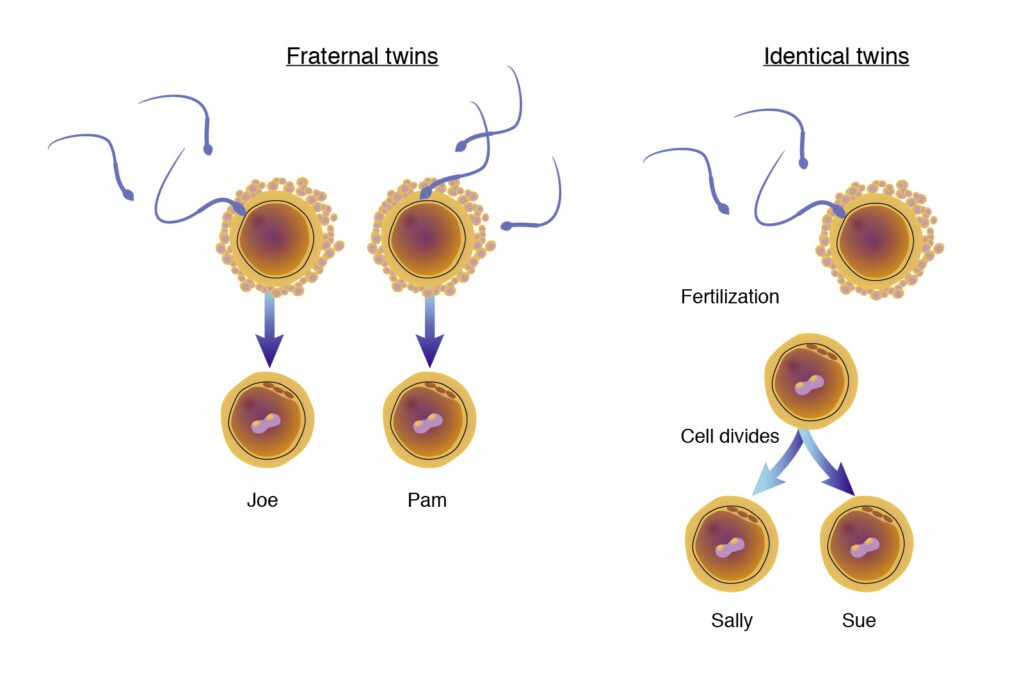A study shows that not every pair of identical twins has identical DNA. Multiple births refer to a situation when a mother is pregnant with more than one offspring at the same time. There are two types of multiple births: Fraternal and Identical. Fraternal siblings are the result of the fertilization of multiple eggs and are called dizygotic. Identical siblings are formed when a single fertilized egg splits up to form multiple fetuses and are called monozygotic.

Because of them being formed of the same set of chromosomes, it has been theorized that monozygotic siblings share the same genetic code. There have been many studies made on identical twins, and also the higher order of multiple births, to prove the same. Identical twins are often studied to determine the origin of specific conditions, traits, or diseases, be it the result of their environment or genetics. This theory was the basis of the idea that the health differences between identical twins are the result of environmental and external factors. But a recent study shows that Identical twins differ by 5.2 genetic changes on average. This changes the belief about health differences among them.
Kari Stefansson, the co-author of this study and CEO and founder of DeCode genetics said:
“Imagine if you have identical twins who are reared apart. If one of them developed autism, the classical interpretation is that it is down to environmental factors. But our work shows that before you conclude that it’s caused by the environment, you have to sequence the genome of the twins to know what could account for autism.”
“This mutation divergence could be the cause of devastating childhood illnesses such as epilepsy and metabolic disorders. She also said a large percentage of such horrific syndromes of very early childhood is down to genome mutations.”
Under this study, 381 pairs of this type were studied and it was determined that 38 of the pairs had identical genetics, but most pairs had some differences in DNA that arose very early in their development. 39 of the pairs had over 100 changes among the genetics. Therefore, this study suggests that these differences in the DNA of identical twins occur while the embryo is splitting or shortly after the split. This would mean that the embryo split isn’t like what was previously believed and this may result in the change seen in the DNA.
Some identical twins are formed when a single cell or a small group of cells splits off from an embryo. This study says that it is the number of cells, that a pair of twins originate from, that determines the genetic differences between them. More uneven splits result in a larger number of genetic differences between the twins.

4 Comments
Pingback: This new gene-editing tool by Harvard scientists could rival CRISPR - Craffic
Pingback: A Jewelry Box sized DNA storage devices can store a huge amount of data - Craffic
Pingback: Scientists finally Sequenced the Entire Human Genome nearly After 20 years of first draft - Craffic
Pingback: A Hidden Signature Found in Every Identical Twins' DNA Can Reveal If You Had One in The Womb - Craffic